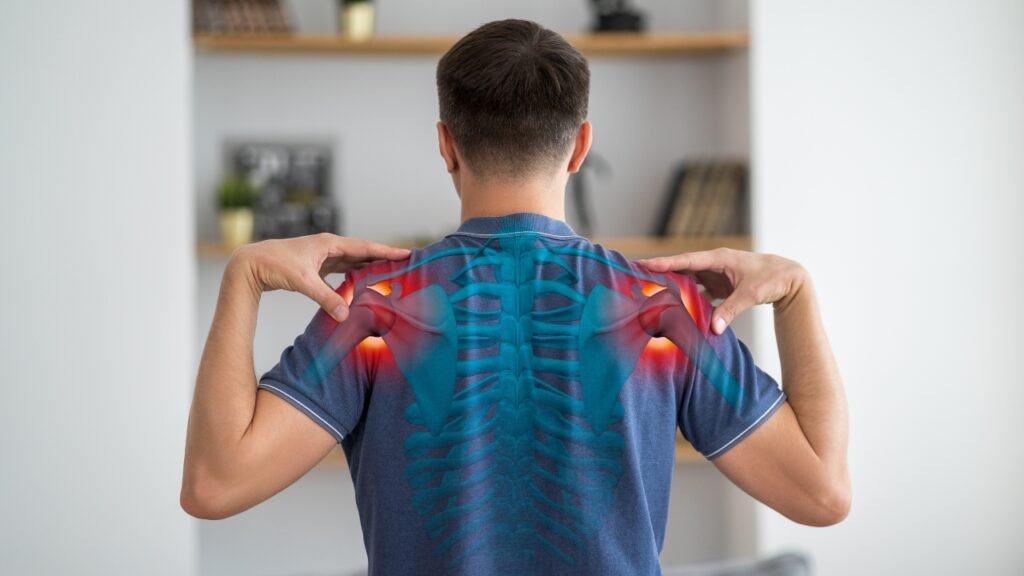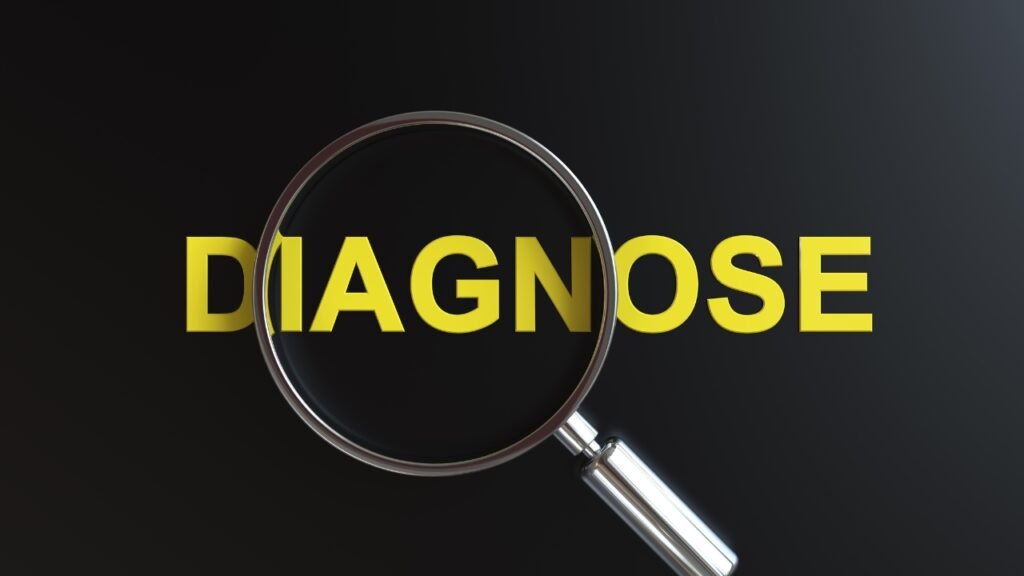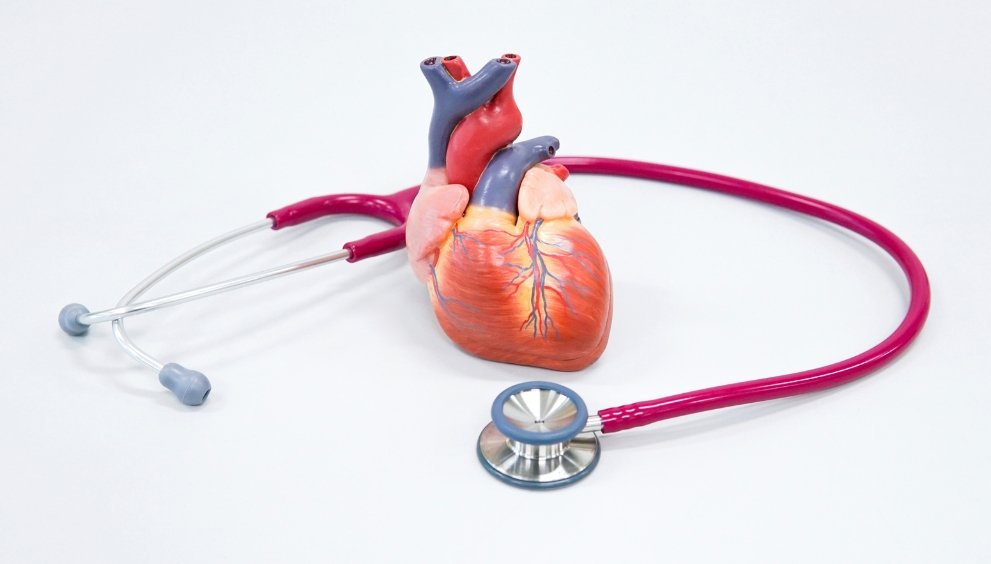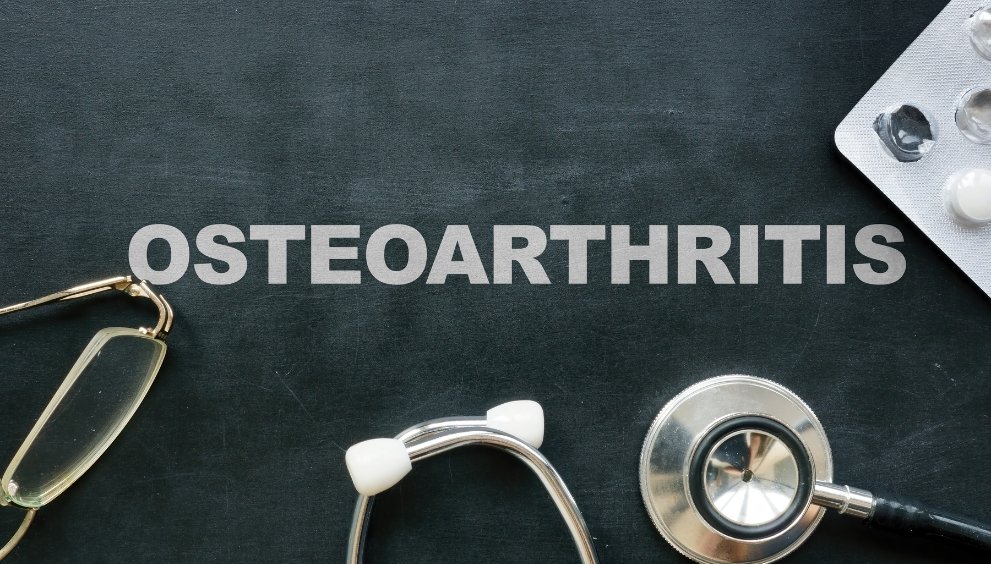Frozen shoulder: causes, symptoms and PT management.

Frozen shoulder is also called adhesive capsulitis. It is a disease characterized by pain and progressive stiffness in the shoulder joint, which can result in a restricted range of motion. It is often seen in adults between the ages of 40 and 60. It is more common in women than men. It appears without a clear cause, but the good news is that with the help of physical therapy management and conservative treatment, most people recover.
In this blog, we will discuss the causes, symptoms, and role of physical therapy management in the recovery of frozen shoulder (adhesive capsulitis).
What is frozen shoulder?

Frozen shoulder is a disease that occurs when the joint capsule present around the shoulder becomes thickened, inflamed, and tight, resulting in pain and stiffness, and ultimately, as time passes, it restricts the shoulder’s range of motion.
Causes of frozen shoulder

The causes of frozen shoulder are as follows:
Primary (idiopathic) frozen shoulder:
- It has no clear cause.
- It is common in females aged between 40-60 years.
Secondary frozen shoulder:
- Injury or surgery (rotator cuff tear, fracture, or immobilization) can result in stiffness and reduced movement.
- Medical conditions such as diabetes, thyroid disorders, heart disease, and stroke can also result in frozen shoulder.
- Autoimmune disorders (rheumatoid arthritis) also trigger the development of frozen shoulder.
Symptoms of frozen shoulder:

It involves three stages:
1. Freezing stage
- pain in the shoulder with a gradual onset.
- increased stiffness around the shoulder.
- pain worsens at night.
- pain worsens with movement.
- It usually lasts 6 weeks to 9 months.
2. Frozen stage
- Severe stiffness with reduced pain.
- feeling difficulty in performing activities of daily living, like dressing or combing hair.
- This phase lasts 4-12 months.
3. Thawing stage
- improvement in range of motion (gradually).
- reduced pain.
- It takes 6 months to 2 years for full recovery.
Diagnosis:

Diagnosis of frozen shoulder depends on medical history, physical examination, and imaging such as X-ray or MRI to differentiate other causes like arthritis or rotator cuff tear.
Physical Therapy Treatment:

Physical therapy treatment is an effective and important long-term treatment for frozen shoulder. The goals of physical therapy involve improving joint mobility, reducing pain and inflammation, to reducing stiffness and restoring functional mobility of the shoulder. Treatment involves a phase-wise approach.
Freezing phase (pain control focus)
- gentle passive range of motion (PROM) exercises.
- Pendulum exercises.
- Before and after the session, use heat or ice therapy.
- Pain relief modalities like TENS are used.
- Ultrasound therapy is also used in treatment.
Frozen phase (mobility focus)
- active range of motion (AROM) and active-assisted range of motion (AAROM) exercises.
- Grade I-III joint mobilizations.
- capsular stretching exercises like cross-body arm stretch, towel stretch behind the back.
Thawing phase (strength and function)
- increasing ROM exercises.
- strengthening exercises like Theraband internal and external rotation, scapular retraction and protraction, and wall push-ups.
- For overhead activities, functional training is important.
Home exercise program:

A tailored home exercise program should be performed daily to maintain progress. These exercises include pendulum exercise, sleeper stretch, towel stretch, finger walk on the wall, and cross-body shoulder stretch. These movements are important to maintain mobility and to reduce recovery time.
Frozen shoulder (adhesive capsulitis) can be a slow and painful condition, but it is highly treatable. Individuals who follow a structured home exercise program and physical therapy treatment can recover fully. Early treatment and an active lifestyle are important to reduce long-term stiffness and improve quality of life.
Consult a healthcare professional or physical therapist if you are experiencing shoulder pain or stiffness for a proper diagnosis and treatment plan. Don’t let frozen shoulder freeze your life- movement is medicine.


 English
English 



















